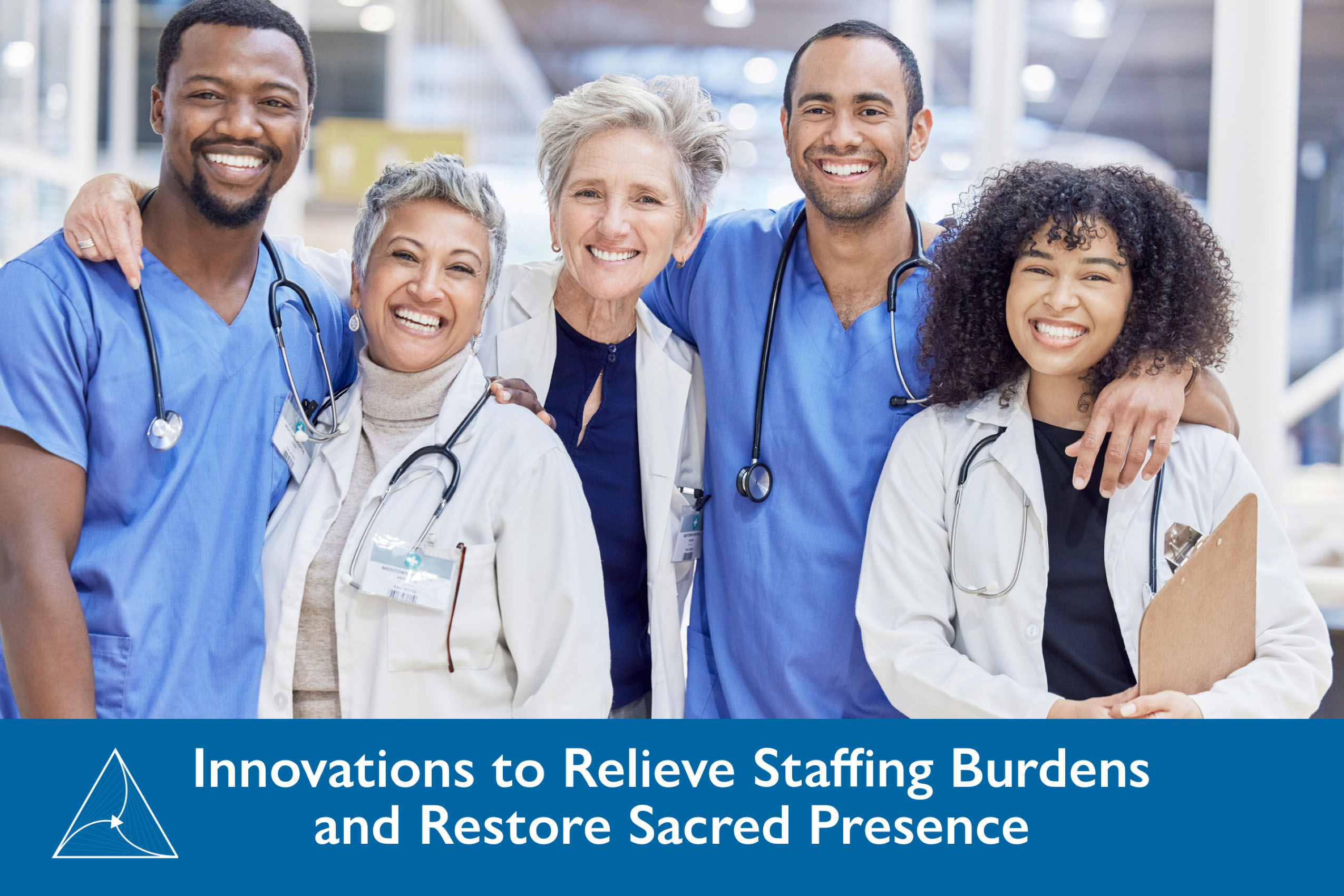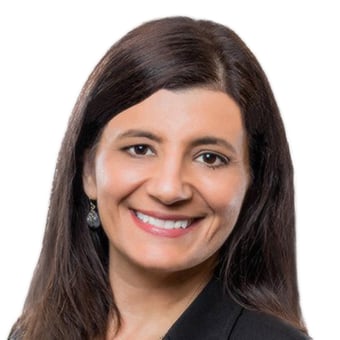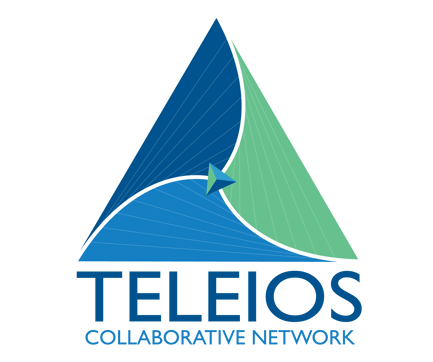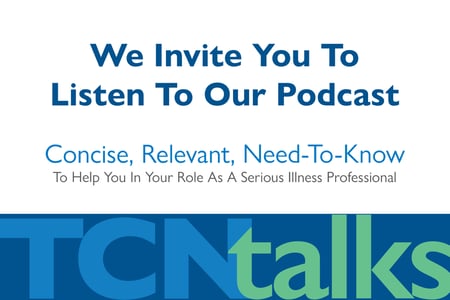
Innovations to Relieve Staffing Burdens and Restore Sacred Presence
The International End of Life Doula Association states, “It’s time to care for the dying and those close to them with compassionate engagement and open-hearted presence.” Some may read this with confusion, or even defensiveness, stating, “This is what hospice does!”. But does it? In the aftermath of COVID, with staffing shortages, increasing scrutiny, private equity competition, and other external pressures does the hospice IDT have the bandwidth to provide this level of presence and engagement?
Decades ago, a hospice nurse attended his patients’ funerals and continued to visit the family for months or years. A Hospice Aide read Alice in Wonderland to her patient, temporarily transporting him to a place where his illness did not exist. In one organization outside Baltimore, hospice staff gathered every afternoon at the end of the day to be treated to tea and cookies by volunteers, while sharing their stories and processing emotions inherent in their work. These are just a few examples of activities that cultivated community and presence, activities that have gone the way of paper charts.
Certainly, neither hospice practitioners nor nonprofit organizations are to blame. In the current environment, each team member works tirelessly and to the point of personal exhaustion at times. Circumstances demand that they work at the top of their license and according to a hierarchy of patient needs. Crises and acute needs obviously take priority, but once managed, there are few remaining resources. Perhaps there are ways non-licensed disciplines can complement the IDT, easing the demands of licensed team members while restoring sacred presence.
Below is a discussion of three different disciplines that may support the hospice IDT in creative ways. In considering how to incorporate these into the IDT, hospices will want to work closely with their compliance officers and provide education about role clarity and working within scopes of practice. In considering how to afford these additions to the team, opportunities may exist through targeted volunteer training and recruitment, grants, and fund-raising campaigns.
Death/End of Life Doula
These professionals are already being utilized in some hospice organizations. They provide community education, hold advanced care planning conversations, incorporate rituals at end-of-life, support legacy work, and provide a calming presence for patients and families. In addition to working directly with patients and families, an organization may utilize a Death Doula to promote community relations through educational events. While End of Life Doulas are not licensed, there are several educational programs with accompanying certificates.
Coaches
Unlike counseling, the coaching process is not problem-solving or advisory in nature. It is a co-creative process to explore what is possible. While coaches are not currently licensed, there are certifications that require verified education and ability, such as the International Coaching Federation (ICF) and Board Certified Coach (BCC). There are several applicable coaching specialties, such as caregiver support, grief, and wellness. The coaching role is part of hospice’s early history. Prior to the inception of the Hospice Medicare Benefit and resulting medicalization, hospice workers served more as guides and coaches than in a medical professional capacity.
Community Health Workers
Some states have certifications or licensure for these professionals. As functional leaders in their communities, Community Health Workers provide culturally appropriate education and navigation, promote health-positive behaviors, and serve as advocates for patients/families, and their local communities. As community members first and healthcare professionals second, they can build trust faster and with fewer barriers. It’s been said that if a patient falls, they might not tell their nurse or therapist, but they will tell their community health worker. There is a natural affinity for Community Health Workers in hospice. In the early days of the AIDS epidemic, hospice cared for those the medical establishment would not—marginalized people dying of a poorly understood, terrifying illness. Community Health Workers are a modern equivalent, bridging healthcare gaps for populations left behind by the conventional system.
Adding these professionals to an organization in no way diminishes the work of the Hospice IDT. Instead, it augments the medical nature of modern hospice with its heart and art roots, while relieving the suffering of those we care for, including our staff.
Raquel Braithwaite
VP Of Program And Business Development

Leadership Immersion
November 6-10, 2023
Register Now
Teleios University (TU)
Discover More
Register Today!
Growth Immersion
October 3 - 5 , 2023
Register Now

An organizational model that allows nonprofit hospices (Members) to leverage best practices, achieve economies of scale and collaborate
in ways that better prepare each agency to participate in emerging alternative payment models and advance
their charitable missions.
Related Posts
Hustle & Bustle of the Season: The Need for Hospice Takes No Holiday
Across my years of having worked at the senior sales leadership level for hospice organizations, I...
The Simulator – the Benefits of Real-Time Roleplay
A few weeks ago, we conducted our fall TCN Leadership Immersion Course. We were thrilled to have...
Ring the Bell: How to implement the New Hospice Addendum!
Hospices are on the hook for all items, services, and drugs related to the patient’s prognosis....



